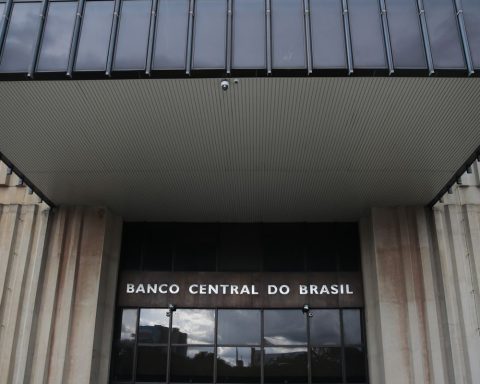He breakfast It is perhaps the most important meal of the day, as it is what gives you enough energy to face each day. However, In recent times, many people have stated that buying a ready-made breakfast or purchasing the ingredients to prepare it at home is very expensive..
Although the country has experienced a general drop in prices during the last year due to the decline in inflation, it is true to say that, if each concept is looked at in detail, certain foods such as coffee, milk, cheese, orange juice or chocolate They have been increasing prices.
(You can read: This costs a Christmas dinner in Cartagena and Bogotá, where to go?).
According to the Skandia individual savings pension fund, this is due to climatic factorssince extreme temperatures have been affecting the production of primary goods for agriculture.
Breakfast
iStock
Factors such as prolonged droughts, flash floods and sudden changes in temperature “directly impacts the supply of food, causing shortages and, consequently, higher prices“he explains.
(You may be interested in: Take note: supermarkets and banks that will not be open on Christmas and New Year).
During the year, the raw materials that have experienced the greatest price increases in the world market are cocoa (due to excessive rains in West Africa, its main production bastion), the orange juice (due to plagues and hurricanes in the state of Florida, in the United States) and the coffee (due to the low temperatures in Brazil, which have affected entire crops).
What the consumer can do
As Skandia explains, This price increase can be easily appreciated by the final consumer.since it can clearly show the increase in prices with respect to the money available, influenced by the impact on the general inflation of the countries.
In the case of Latin America, the pension fund cites examples of Colombia (where coffee and dairy prices have risen considerably); in Brazil (where flooding is delaying key crops) and in Mexico (where droughts affect corn and wheat production).
(You can read: San Victorino merchants lowered prices between 30% and 40% for Christmas).
Among the measures recommended to mitigate this situation are:
– Support local consumption: look for local and seasonal products.
– Reduce waste: Plan purchases to avoid producing as much waste as possible.
– Stay informed: follow the evolution of prices to adjust the budget.
PORTFOLIO

















